Oberlin Filter Industrial Wastewater Process Treatment
Heavy Metal Wastewater Treatment Electronics Manufacturing Plant Wastewater. This plant’s effluent exceeded the local sewer authority’s lead discharge limit. As a consequence, the plant was mandated to cease discharge and dispose of their wastewater in an off-site hazardous waste landfill at a $0.55/gallon cost.
Additionally, the metal concentrations are too high to discharge to the local publicly owned treatment works (POTW). Nickel is a hazardous constituent and is not exempted. The addition of wastewaters from the zinc and nickel process will cause the filter press cake to become a listed RCRA hazardous waste with the F006 designation, resulting in
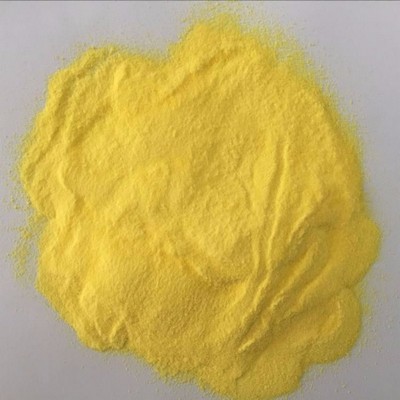
Heavy Metals Removal Industrial Wastewater Solutions
Heavy Metals Removal Heavy Metals Wastewater Treatment System (Chrome Removal) Chromium is present in the wastewaters of a number of industries, including: stainless steel manufacturing, protective coatings on metal, magnetic tapes, chrome plating, tanneries, textile dyes production, pigments and paint production, production of cement, paper, rubber, etc. Chromium is typically precipitated in
Get Price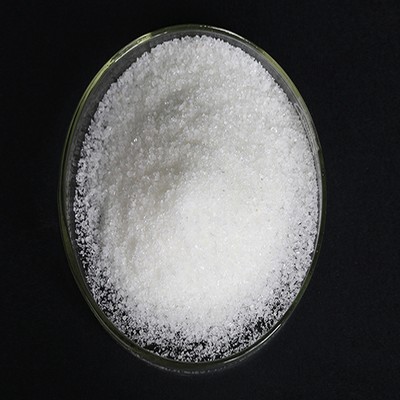
Heavy metals in wastewater - ecoprofi.info
HEAVY METALS IN WASTEWATER HEAVY METALS AND THEIR SOURCES •The most commonly encountered toxic heavy metals in wastewater: •Arsenic, Lead, Mercury, •The heavy metal concentrations in treatment plant sludges have decreased . 2013/3/22 HEAVY METALS IN WASTEWATER WAYS OF MINIMIZING THE
Get Price
Removing Heavy Metals From Wastewater - Bluevantage
Removing Heavy Metals From Wastewater Introduction This manual provides general guidelines on how to remove dissolved metals from wastewaters for discharge to sanitary sewer systems. Each of the various stages or operations of wastewater treatment will be discussed with their role in the metals removal process.
Get Price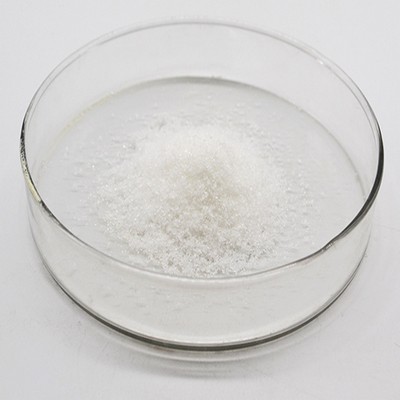
Heavy Metal Reduction from Industrial Wastewater Streams
Heavy Metal Reduction System - Process Flow Diagram Figure 6 is a process flow diagram of a continuous flow through sulfide precipitation system that would be suitable for flows from 1 GPM to over 1,000 GPM with influent metals loading of 10ppm to 700 ppm (or higher).
Get Price
Industrial Wastewater Treatment | IWA Publishing
Industrial wastewater treatment covers the mechanisms and processes used to treat waters that have been contaminated in some way by anthropogenic industrial or commercial activities prior to its release into the environment or its re-use. Most industries produce some wet waste although recent trends in the developed world have been to minimise such production or recycle such
Get Price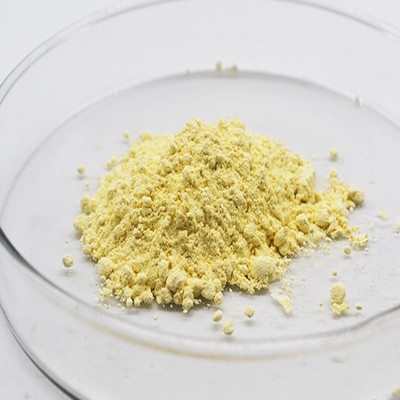
Hazardous Waste Recycling Regulations - Recycling | Wastes
Under the RCRA hazardous waste regulations, materials that are recycled may be: or mixed with coal tar prior to the tar's sale or refining. This exclusion is conditioned on there being no land disposal of the wastes from the point they are generated to the point they are recycled to coke ovens or tar recovery or refining processes, or mixed
Get Price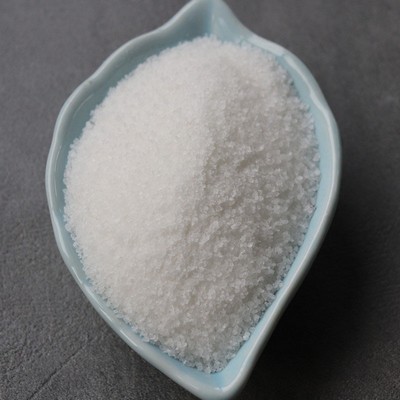
System of Registries | US EPA
The sale and new use of PCBs were banned by law in 1979. Acronym: PCBs: potable water: Definition: Raw or treated water that is considered safe to drink. pretreatment: Definition: Methods used by industry and other non-household sources of wastewater to remove, reduce, or alter the pollutants in wastewater before discharge to a POTW. primary
Get Price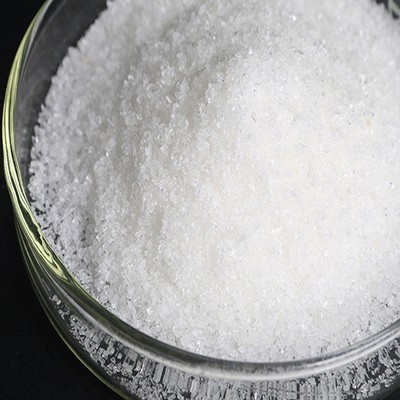
Hazardous wastes - ScienceDirect
Hazardous wastes pollute the air, water, and land drastically. They often affect human beings directly and most certainly indirectly. The deterioration of the environment is extensive and often irreversible, or reversible at heavy cost in both money and peoplepower.
Get Price
Evoqua/Roseville Overview RAM/SWANA Conference
Evoqua/Roseville Overview RAM/SWANA Conference October 15, 2024 ©2024 Evoqua Water Technologies Wastewater-Treatment MUNICIPAL DRINKING WATER Pumping Station Drinking Water Treatment INDUSTRIAL (Metal Treatment) 1987 Metro Recovery Corporation 1988 Metro Recovery
Get Price
Cyanide Treatment at Manufactured Gas Plant Sites
and heavy metals. The Evoqua’s solution included a 150 gpm treatment system featuring oil/water separation, carbon filtration and wastewater ion exchange (WWIX) service to remove the contamination and comply with discharge standards. Wastewater ion exchange is a service-based option which utilizes ion exchange resins and other medias selected to
Get Price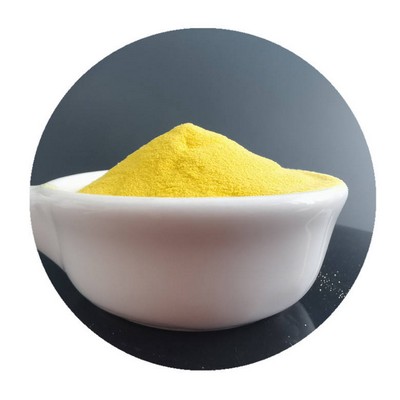
Wastewater Treatment or Recirculation/Neutralization?
BHS offers a complete line of wastewater treatment products to safely process the runoff from battery washes. Depending on the volume of wastewater an operation generates — and the specifics of the given battery fleet — the most cost-effective solution will vary, but facilities of every size can implement an EPA-compliant wastewater disposal plan with equipment from BHS.
Get Price
Paper and Pulp Waste | Hazardous Waste Experts
Paper is an essential commodity that is used internationally. Hazardous Waste Experts do not want to discontinue paper production; we want to provide a means for proper and lawful disposal of pulp and paper industrial waste in an environmentally friendly manner for a nominal fee. In addition most of the waste we manage will be recycled.
Get Price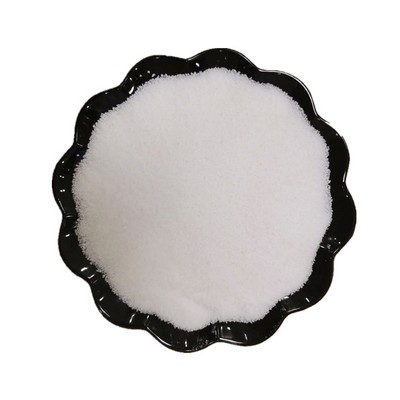
Regulatory Overview - IDEALS
Metal Finishing Industry. Table of Contents Overview Regulatory Planning P2 Programs Common P2 Practices Pre-Finishing Operations P2 in Plating P2 in Rinsing Alternative Methods of Metal Deposition Facility Design. Regulatory Overview. To varying degrees, all metal finishing processes tend to have pollution problems and to generate hazardous and solid wastes.
Get Price
Cyanide Treatment at Manufactured Gas Plant Sites
and heavy metals. The Evoqua’s solution included a 150 gpm treatment system featuring oil/water separation, carbon filtration and wastewater ion exchange (WWIX) service to remove the contamination and comply with discharge standards. Wastewater ion exchange is a service-based option which utilizes ion exchange resins and other medias selected to
Get Price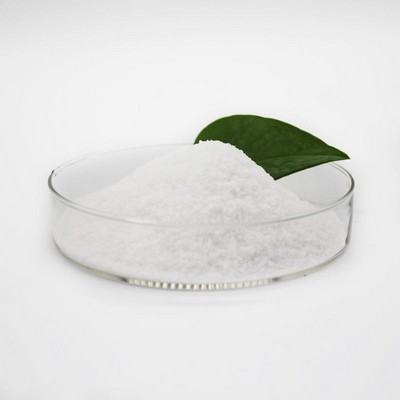
Hazardous Waste/Universal Waste, Bureau of Remediation
Hazardous Waste Introduction. In 1979, the Maine Legislature enacted the Maine Hazardous Waste, Septage and Solid Waste Management Act. This Act directed the State of Maine Department of Environmental Protection to issue State regulations for the safe management and transportation of hazardous wastes.
Get Price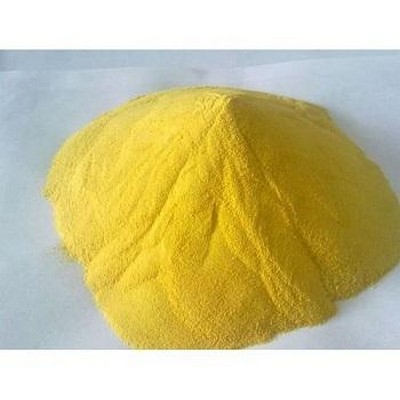
Hazardous Waste Recycling Regulations - Recycling | Wastes
Under the RCRA hazardous waste regulations, materials that are recycled may be: or mixed with coal tar prior to the tar's sale or refining. This exclusion is conditioned on there being no land disposal of the wastes from the point they are generated to the point they are recycled to coke ovens or tar recovery or refining processes, or mixed
Get Price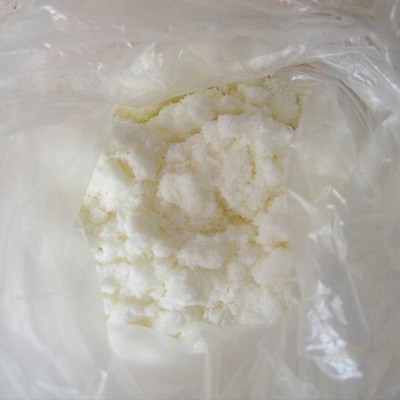
Regulatory Overview - IDEALS
Metal Finishing Industry. Table of Contents Overview Regulatory Planning P2 Programs Common P2 Practices Pre-Finishing Operations P2 in Plating P2 in Rinsing Alternative Methods of Metal Deposition Facility Design. Regulatory Overview. To varying degrees, all metal finishing processes tend to have pollution problems and to generate hazardous and solid wastes.
Get Price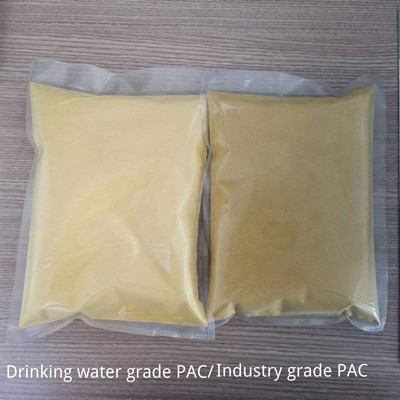
B
Heavy metal wastewater sludges. Separation and volume reduction Exchange/ sale as raw materials Energy recovery Treatment Secure ultimate disposal HW management is a new concept for most of the DCs. Hazardous waste treatment and disposal; hazardous waste identification, basic properties of hazardous waste, classification of hazardous
Get Price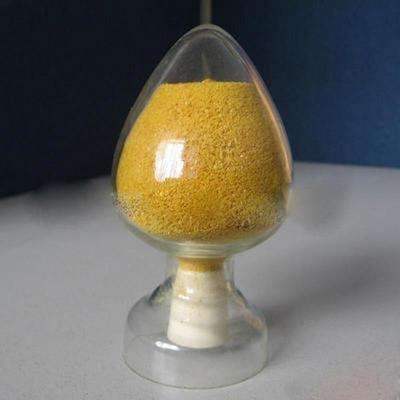
Environmental Waste Minimization, Inc.
Environmental Waste Minimization, Inc. is an environmental services company with a highly recognized reputation for expertise in all areas of field services and remediation. EWMI’s unsurpassed vision, commitment to total quality and depth of experience have made us a leader in the industry.
Get Price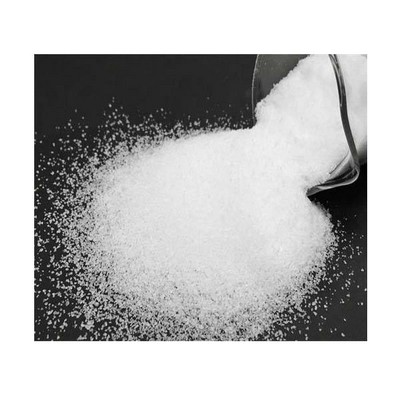
STUDY OF SELECTED - US EPA
Discharge to onsite wastewater treatment facility 3 0 3.94 1.31 Disposal in offsite Subtitle D landfill 12 0 137.56 11.46 Disposal in offsite Subtitle C landfill 1 0 0.10 0.10 Disposal in onsite Subtitle C landfill 4 0 62.00 15.50 Disposal in onsite Subtitle D landfill 2 0 7.30 3.65 Offsite incineration 1 0 9.00 9.00 Other recycling
Get Price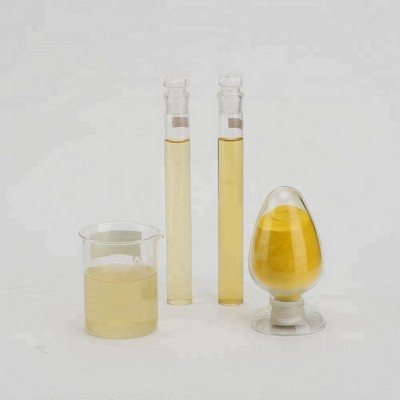
household hazardous waste 2 Flashcards | Quizlet
Start studying household hazardous waste 2. Learn vocabulary, terms, and more with flashcards, games, and other study tools. domestic wastewater which passes through a sewer system to a POTW (publicly owned treatment works) is not considered to be a heavy metal paints wastes, ignitable wastes, spent solvents.
Get Price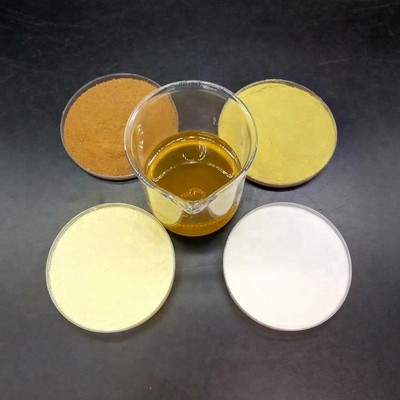
Concrete Waste Water Disposal - SHAN MACHİNE
Concrete Wastewater Slurry Treatment ALAR The worldwide expansion of commercial concrete production and manufacturing can generate increased levels of industrial wastewater pollution. To counteract strict concrete wastewater discharge regulations and the high wet-tonnage disposal costs, the concrete industry is turning toward methods for
Get Price
Solid Waste Treatment Plant - Municipal Solid Waste
What is the Solid Waste Treatment Plant? Beston municipal solid waste treatment plant is a solid waste disposal facility consisting of different devices and combining with different sorting methods to separate useful resources out from the municipal solid waste. After processed by the MSW treatment plant, the municipal solid waste can be divided into different parts according to different raw
Get Price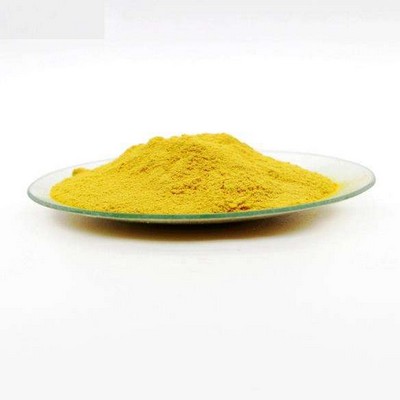
Detroit | Clean Earth
Detroit. This Clean Earth location in Detroit, Michigan provides a variety of services for managing, treating and recycling non-hazardous industrial waste streams including wastewater treatment, PFAS-contaminated water treatment, waste oil treatment and disposal, sludge treatment, and drum/container processing.
Get Price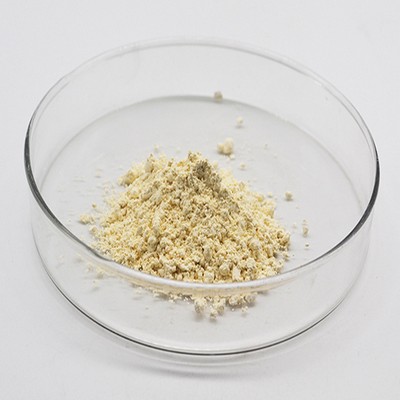
REVIEW TREATMENT FOR METAL-BEARING
i- i i- 1 i 1 destruction i treatment i --i cyanide destruction lime, sulfide, mixed-media i .e.alkaline sulfate, chrome carbon, sand, ultrafiltration( i l i chlorination , 4 reduction, etc. aqueous metal waste 1 i i --l sludge stabilization 1 dewatering sol io1 f i cation i i
Get Price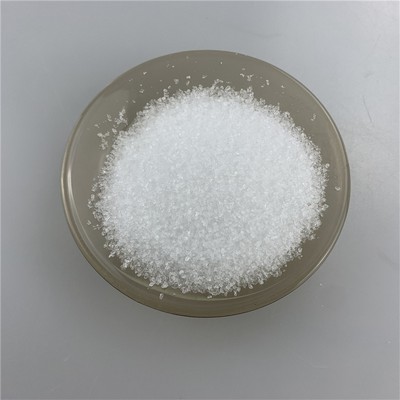
Environmental Waste Minimization, Inc.
Environmental Waste Minimization, Inc. is an environmental services company with a highly recognized reputation for expertise in all areas of field services and remediation. EWMI’s unsurpassed vision, commitment to total quality and depth of experience have made us a leader in the industry.
Get Price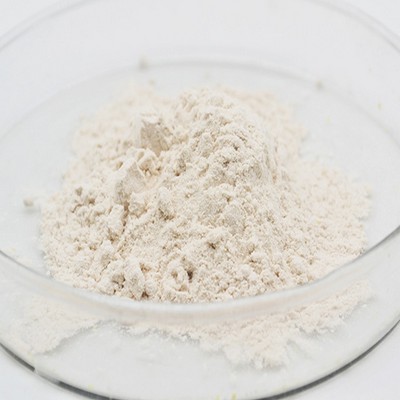
Thalanga Zinc Project Queensland Mining Technology
Treating Metal Finishing Wastewater aquachem inc. Treating Metal Finishing Wastewater Sultan I Amer PhD through a filter press to produce a semi‐solid waste as zinc copper lead and chromium at levels as high as 10000 mgL or higher The high capacity for metals is independent of pH or the presence of oil surfactants chelants complexing agents
Get Price
Hazardous Waste/Universal Waste, Bureau of Remediation
Hazardous Waste Introduction. In 1979, the Maine Legislature enacted the Maine Hazardous Waste, Septage and Solid Waste Management Act. This Act directed the State of Maine Department of Environmental Protection to issue State regulations for the safe management and transportation of hazardous wastes.
Get Price
STUDY OF SELECTED - US EPA
Discharge to onsite wastewater treatment facility 3 0 3.94 1.31 Disposal in offsite Subtitle D landfill 12 0 137.56 11.46 Disposal in offsite Subtitle C landfill 1 0 0.10 0.10 Disposal in onsite Subtitle C landfill 4 0 62.00 15.50 Disposal in onsite Subtitle D landfill 2 0 7.30 3.65 Offsite incineration 1 0 9.00 9.00 Other recycling
Get Price- Is poly-aluminum chloride a good coagulant for wastewater treatment?
- As a common and low-cost coagulant, poly-aluminum chloride (PAC) may be widely used for wastewater treatment. In this article, the impacts of PAC on activated sludge and the treatment efficiency of sequencing batch reactor were investigated over 100 d for domestic wastewater treatment.
- Does pH affect the performance of polyaluminum chloride (PAC)?
- The performance of PAC was dependent on pH. The synthesized PΑC was efficient coagulant for water treatment. The present work was aimed to synthesis of polyaluminum chloride (PAC) using calcium oxide as a basification agent and optimization of process parameters on the yield of medium polymer species in PAC.
- Is polyaluminum chloride a coagulant?
- Inorganic coagulants such as polyaluminum chloride (PAC) have been used for years to treat water and wastewater. However, PAC as a coagulant can harm the living environment as it is toxic to humans and aquatic ecosystems. The use of natural and biocompatible materials such as sodium alginate as coagulant-aid can reduce the use of PAC.
- Is polyaluminum chloride used in water treatment?
- Polyaluminum chloride (PAC) can be synthesized and used in water treatment as investigated in this study using a colorimetric speciation method. Stable preparations of PAC solutions can be produced where a relatively stable cationic polymer predominates.








